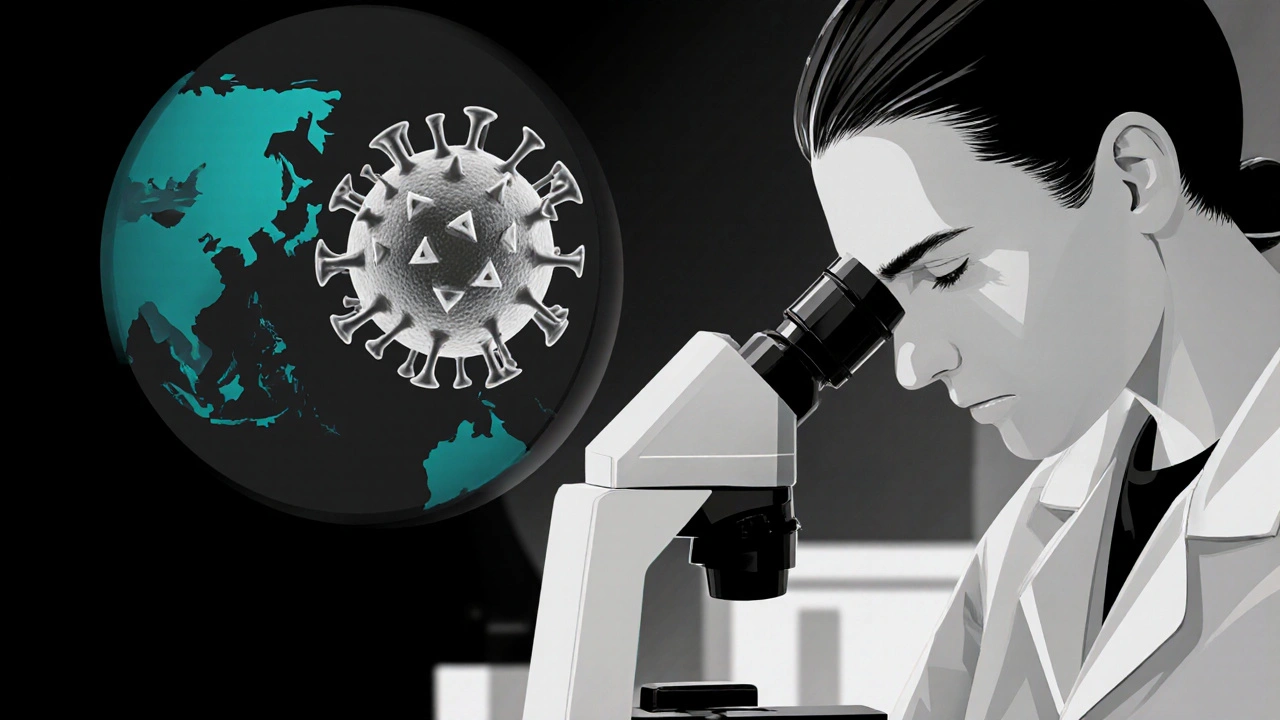Genotype 3 Hepatitis C: Treatment, Risks, and What You Need to Know
When it comes to genotype 3 hepatitis C, a specific strain of the hepatitis C virus that affects how the infection behaves and responds to treatment. It's one of the most common and toughest types to clear, especially if you’ve had it for years without knowing. Unlike some other strains, genotype 3 doesn’t just sit quietly in your liver—it’s more likely to speed up scarring, raise your risk of liver cancer, and resist older treatments. If you’ve been diagnosed with this strain, you’re not alone. About 30% of all hepatitis C cases worldwide are genotype 3, and it’s especially common in South Asia, parts of Europe, and among people who inject drugs.
What makes genotype 3 hepatitis C, a specific strain of the hepatitis C virus that affects how the infection behaves and responds to treatment different isn’t just the virus itself—it’s how your body reacts. People with this strain often develop fatty liver disease faster, even if they don’t drink alcohol. That extra fat in the liver makes it harder for antiviral drugs to work well. And while newer direct-acting antivirals (DAAs) have helped most hepatitis C patients, genotype 3 still needs special attention. Some drugs that cure other strains with 95% success rates drop to 85% or lower for genotype 3, especially if you already have cirrhosis. That’s why treatment plans for this strain aren’t one-size-fits-all. Doctors now often combine two or three antivirals, like sofosbuvir and daclatasvir, for longer periods—sometimes 12 to 24 weeks—to make sure the virus doesn’t come back.
It’s not just about taking pills. Your lifestyle matters too. Cutting out alcohol, losing weight if you’re overweight, and avoiding medications that stress your liver can make a big difference. And because genotype 3 is linked to higher rates of liver cancer, regular monitoring with ultrasounds and blood tests is critical—even after you’re cured. You might think being virus-free means you’re safe, but the damage done before treatment can still put you at risk. That’s why follow-up care isn’t optional.
There’s also a growing group of people who’ve never been tested but might have this strain. If you got a blood transfusion before 1992, used needles for drugs, or were born between 1945 and 1965, you’re in a high-risk group. Many don’t feel sick until their liver is badly damaged. That’s why testing matters—even if you feel fine.
Below, you’ll find real, practical guides from people who’ve been there: comparisons of the most effective drug combos, what side effects to watch for, how to afford treatment, and what to do if your first try didn’t work. These aren’t theory pieces—they’re based on real patient experiences and current medical data. Whether you’re just diagnosed or you’ve been fighting this for years, the information here is meant to help you take control—not guess.
- October 15, 2025
- Comments 9
- Health and Medicine

